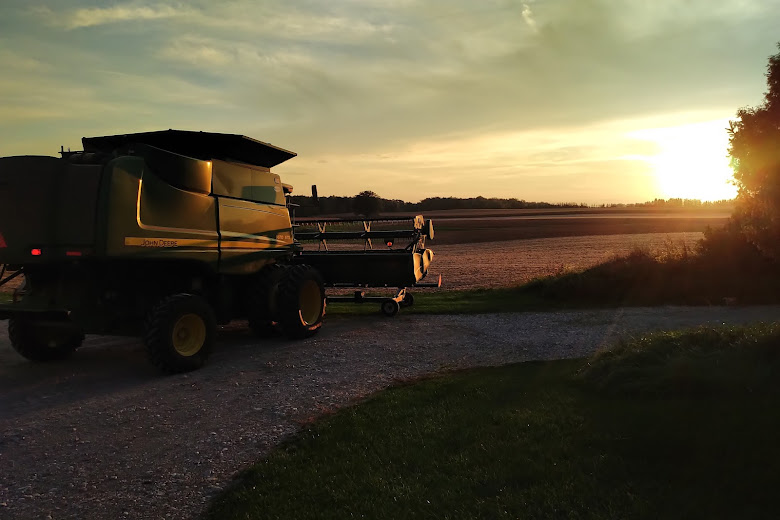In 1913, Charles C.C. Huycke owned a farm in the Township of Percy, in the County of Northumberland on the east side of the Trent River, across from Huycke’s Island. On March 31, 1913, he registered Plan 104 described as a “plan of lots”, which we would today recognize as a plan of subdivision. It is described on its face as: “Plan of Sunnybrae-on-Trent, a Summer Resort De Luxe as laid out on Lot No. 20, Con. 13, in the Tp. of Percy, 1913.” Plan 104 was executed by the Reeve and Township Clerk: “We certify that the above plan or map was prepared according to the direction of the municipality of the Township of Percy and in accordance with the provisions of the “Registry Act.””
Plan 104 created 40 lots and some access corridors and rights-of-way. To the east of the lots is a right-of-way described on Plan 104: “Farm Lane, a right-of-way, 30 feet in width (for all ordinary vehicles) to give access to Lots numbered 1 to 40 (inclusive) and to Lots A, B and C to the public high-way between Cons.12 & 13.” The right-of way terminated to the north at the south end of Lot 1, which was substantially larger than the other lots and was bounded to the north by the unopened road allowance between Concessions 13 and 14. The configuration shows that the owner of Lot 1 was intended to control access to that road should the allowance be opened.
A recent action before the Ontario Superior Court of Justice addressed the respective rights and interests of the parties in a laneway or roadway known as “Sunnybrae Lane” that is located to the east of the cottage lots and is the means by which the cottagers access their properties. The plaintiff in the action, Sunnybrae Springbrook Farms Inc., has legal title to most of the laneway, and wanted the municipality to assume it as a municipal road so that the plaintiff could avoid the costs and liabilities of ownership. The municipality refused to assume the road until it was upgraded to municipal standards at great expense. It took the position in its Statement of Defence that “Trent Hills has no legal interest in the right-of-way and bears no responsibility for upgrading, repairing or altering the road and lacks the jurisdiction to do so. Trent Hills states that it is the responsibility of the owners of the dominant tenements and /or the land owners to ensure that the private road is maintained in accordance with their wishes and desires.” The plaintiff farm did not use the road and did not want to pay for its upgrading. The cottagers, who appear to be the road’s main if not only users, were not prepared to contribute to its upgrading, although they asserted that they do some work on it from time to time. A site visit on August 3, 2010 by the court with counsel confirmed this to be true.
In the end, in ruling on a motion for summary judgment, the Court found that the cottagers had acquired a right-of-way by prescription (related to the passage of time) over Sunnybrae Lane. The Court then referred the issues regarding the repair of Sunnybrae Lane (including who is responsible for the repairs and to what extent) to the trial judge, along with any other issues that survived the summary judgment motion.
Read the decision at: Sunnybrae Springbrook Farms Inc.

No comments:
Post a Comment